The most effective ways small business retailers can compete with big businesses and online is through efficient operation, accurate data and customer service touch-points that add appreciated value.
Tower Systems only sells its POS software to small business retailers.
We believe in small businesses, their importance to local communities and their broader economic value.
Through our software, our personal in-store training, 24/7 human and locally based help desk service, regional user meetings, weekly online workshops and other touch-points we help small business retailers beyond what is usual for POS software companies.
Our company motto is we’re here to help. We take this seriously. Everyday, out motto challenges us to help our customers in ways they do not expect, ways beyond the software itself.
Founded in 1981, Tower Systems has evolved as technology has evolved. The software we sell today is generations away from where we started. We are proud to have served some of our customers for decades.
More than 3,500 specialty small business retailers in Australia and New Zealand use our specialty POS software.
To us, a specialty retailer is one that offers services unique to the channel, services that define the business. We embed in our software for each retail channel facilities that serve needs unique to that channel. We take pride in doing this and enhancing these channel-specific facilities as the needs evolve.
We appreciate software cannot stand still. Every year we release significant enhancements, serving the needs of our customers.
RETAIL MARKETS
There are versions of the software serving the business specific needs of:
- Jewellers
- Bike shops.
- Garden Centres.
- Book shops.
- Gift Shops.
- Homewares Shops.
- Produce businesses.
- Fishing and Outdoors shops.
- Newsagents
- Toy Shops.
- Confectionery Retail.
- Stationery retail.
- Pet Shops.
- Pet Grooming.
- Whole Foods Grocers.
- Swimming Pool Supplies.
- Firearms Retail.
- Adult Shops.
Linking directly to Xero enhances the time-saving gained through the software as well as facilitating the accuracy of data managed by the software.
Our Xero link provides for a data feed of sales as well as purchases.
With a CPA working full time in our business we are configured to provide a technical solution that has been overseen by our own Accountant, to ensure it is a viable solution for the small business retailers we serve.
INTEGRATIONS
Our Xero integration is one of many approved integrations provided by the software to serve the needs of retailers. Other integrations include:
- Tyro broadband EFTPOS.
- Links to all major banks through PC-EFTPOS.
- Magento e-commerce. Magento is an excellent platform for website sales for small to medium businesses.
- Shopify e-commerce. Shopify is an excellent entry-level solution for small to medium businesses.
- FlyBys in New Zealand.
- Transactor loyalty in New Zealand.
- Scale integration for selling by weight.
- Touch networks for vending event tickets, phone recharge, fishing licences and more.
CLOUD OR NOT
The Tower Systems POS software can run on the desktop or 100% in the cloud. Retailers decide what they prefer.
In its cloud offer, Tower Systems offers a 100% hosted solution running in a secure purpose-build location with high-level security and backup. This solution is offered on a SAAS (Software As A services) model with minimal on-boarding costs and a single monthly fee.
Retailers who prefer local control can purchase or lease-finance the software. Once acquired, there are no mandatory annual access fees.
This flexible approach to pricing provides retailers the maximum flexibility in acquisition model.
WHAT THE SOFTWARE OFFERS.
This is a comprehensive and flexible Point of Sale software package offering facilities in many areas of retail business operation.
- POS sale scanning.
- POS sales using user configures touch buttons.
- Tracking sales by employee.
- Control over the look and feel of the sale screen.
- Control over the look and feel of receipts.
- Smart receipts that add value to the customer experience with local knowledge, care instructions and more.
- Customer receipts that contain a $$ discount off the next purchase if loyalty engagement is achieved.
- Structured end of shift process to reduce mistakes and more easily track fraud.
- Employee theft mitigation controls.
- Inventory control.
- Multiple price levels for products.
- Multiple customer types.
- Customer marketing facilities to enable targeted marketing.
- Importing supplier stock files.
- Importing supplier invoices.
- Generating orders based on sales.
- Four different and valuable types of loyalty facilities.
- Comprehensive business performance reporting.
- Customer age controls.
- Serial number tracking.
- Repairs management.
- Product manufacturing management.
- Multiple POS terminals in a store.
- Multiple stores connected.
- More than 100 reports with extraordinary options to facilitate insights into the business performance.
PERSONAL SERVICE MATTERS.
Here are areas where the Tower Systems approach shines, where our personal service matters.
Our training is personal, one-on-one. It is delivered in-store, by someone with extensive retail experience.
Our help desk is based in hawthorn victoria. When people call, the call is answered by a human and not a computerised phone system. We believe in personal service.
Every week except at Christmas and Easter we offer free online training workshops where retailers can learn more and talk to each other about how they use the software.
Every customer has access to free one-on-one training year after year.
We regularly host user meetings around the country where people can meet our management and technical team in an open group setting for more free training and free assistance. We believe in making ourselves accessible.
WE ARE RETAILERS TOO.
We own and operate several retail businesses, providing us with experience every day that enables us to walk in the shoes of our customers. We also use these shops as test sites for early releases of software updates plus we are happy for customers and prospects to visit the shops and learn from what we do ourselves in leveraging the software.
THE CUSTOMERS ARE IN CONTROL.
At the Tower Systems website, click on Software Ideas to see our transparent approach to customer engagement on software enhancements. This is world-class.
Our customers can make suggestions. These are assessed to ensure they will actually work. All customers are then invited to vote on the suggestions. The more votes the faster we bring the suggestion to reality.
This is democratic software development in action.
We believe our customers know more about hat they need from their software than we do.

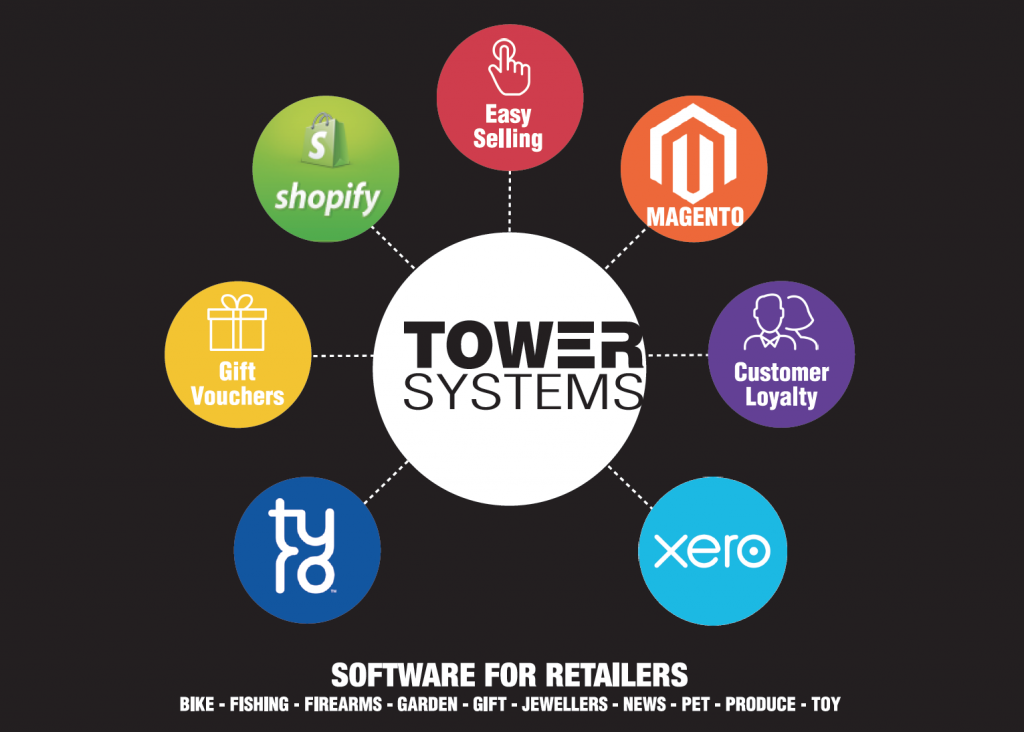
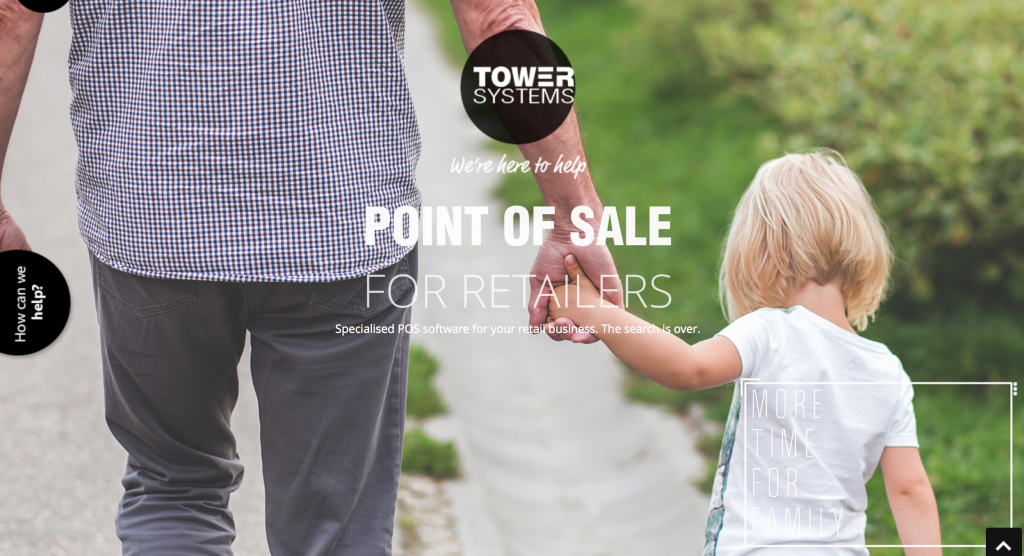

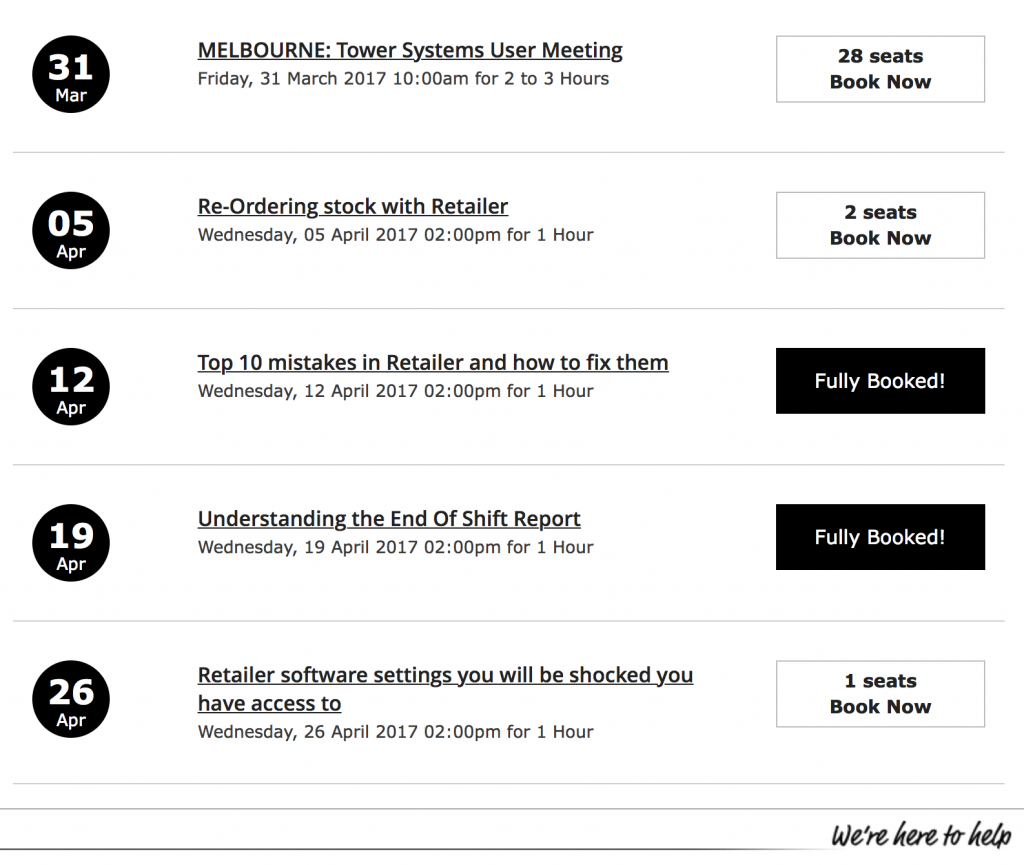




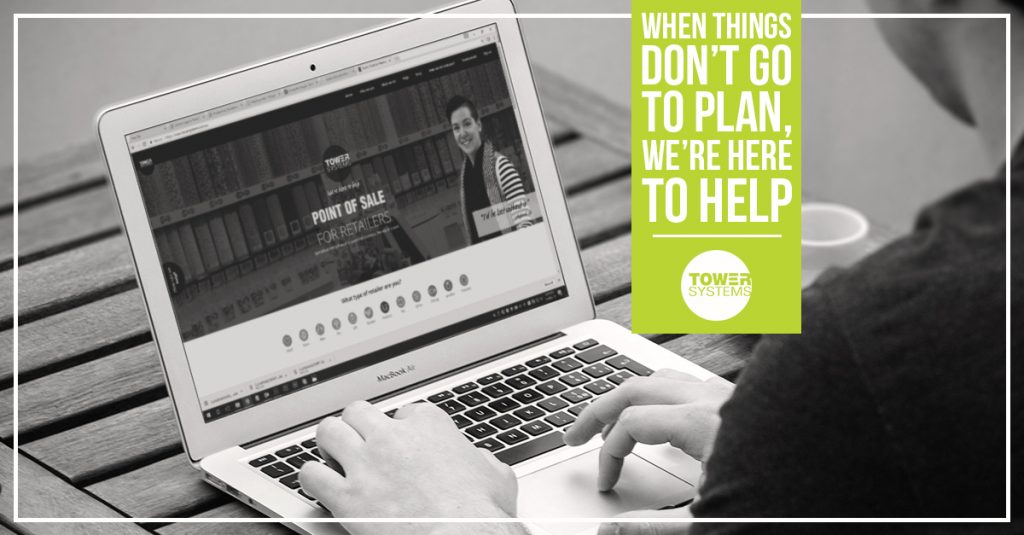
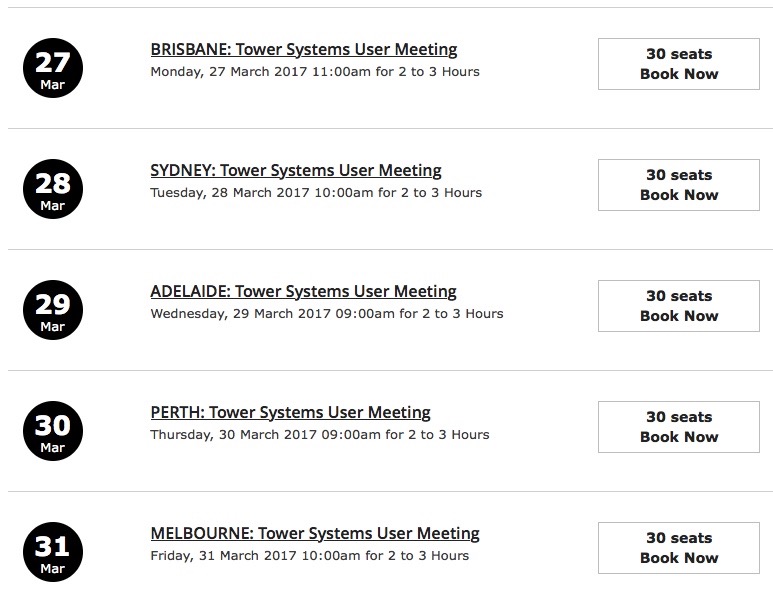
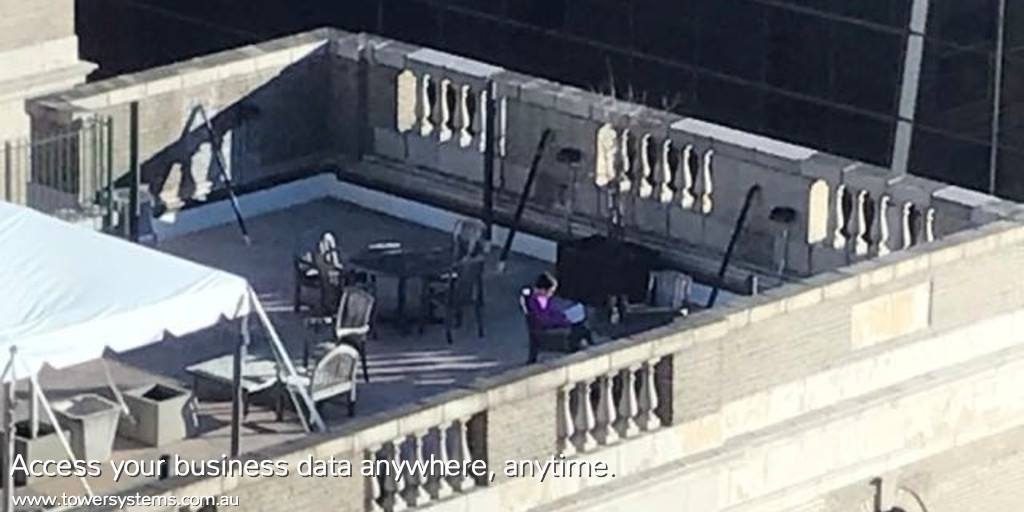


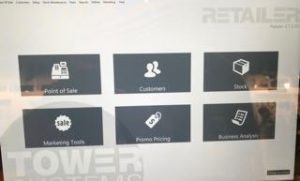
Recent Comments